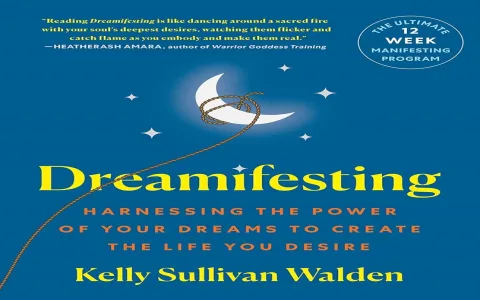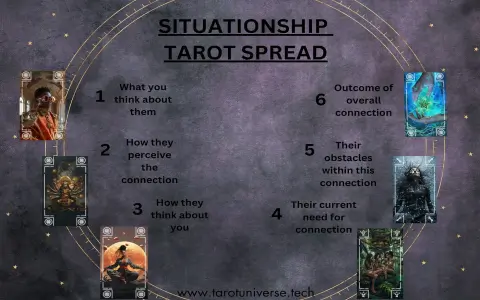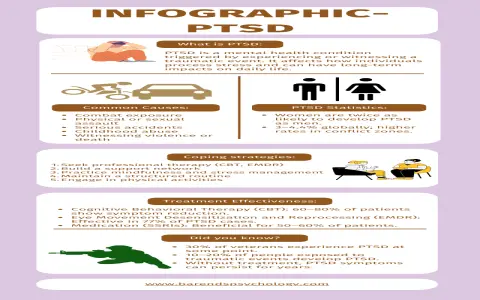Man, I don’t know about you, but a few years back, I felt like I was constantly paddling upstream. Everything felt shaky. You know that feeling when you just know a massive shift is coming, whether it’s good or bad, but you have zero clue what direction to aim the boat? That was me, drowning in noise and just trying to make sense of the signals.
I needed an anchor. Something reliable to tell me when to hold tight and when to sprint forward. So, I started what I called the ultimate data collection project: connecting my most bonkers, intense dream life with the only truly predictable big markers we get—the eclipses.
The Messy Start: Committing to the Data Dump
My first step wasn’t some grand plan; it was pure desperation. I forced myself to start recording immediately upon waking. Before coffee, before checking the phone, I grabbed the notebook I kept next to the bed. And I mean everything. Not just the neat, coherent narratives, but the weird feeling, the colors, the total nonsense fragments. Trust me, half the entries were just: “Felt heavy. Water. Too many stairs. Woke up sweating.” But I wrote it all down.
I committed to this for six straight months. Why? Because I needed enough raw material to start seeing patterns. Initially, it was just a pile of gibberish. I had pages of monsters and flying and teeth falling out. But I kept dumping the data in, even when I wanted to just roll over and forget the whole project.
The Eclipse Window: Identifying the Hot Zones
This is where the structure came in. Dreams are constant, but the real-world shifts felt tied to major astrological movements. I pulled up the charts (easy Google search, nothing fancy) for the solar and lunar eclipses coming up that year. I decided these were my “Hot Zones.”
My practice then shifted:
- I flagged every dream entry that fell within two weeks before and two weeks after the specific eclipse dates.
- I compared the flagged entries against the dreams from the quieter, non-eclipse months. I noticed a massive difference. The Hot Zone dreams weren’t just weird; they were urgent. They focused repeatedly on the same two or three core topics, things I was actively avoiding in my waking life (like my shaky relationship with a key business partner, or the leaky roof on my old studio space).
- I used simple, emotional keywords to categorize them. For example: “Loss of control,” “Rebuilding,” or “Hidden obstacle revealed.” I didn’t worry about textbook Freudian stuff; I worried about what my gut was screaming.
I started noticing that whenever a shift was about to hit my professional life, the dreams in the preceding eclipse window were full of metaphors about crumbling structures, or trying to operate broken machinery. If it was about relationships, it was always rooms I couldn’t find or people who wouldn’t look at me.
Translating the Gibberish into Actionable Prep Work
Here’s the part that saved my backside, and this is why I dragged myself through the recording process. The guide wasn’t about predicting the exact future; it was about forcing preparation for the thematic change my subconscious was screaming about.
A perfect example happened right around the fall lunar eclipse two years ago. For three weeks leading up to it, my dreams were dominated by themes of being locked out of systems and documents being stolen or lost. It was relentless. I’d wake up feeling panicked that my digital life was exposed.
In the past, I would have dismissed this as anxiety. But because I had built this system, I was compelled to act. I immediately executed a full security audit on my business systems.
- I invested in better external drives and did triple backups of every major client file.
- I changed all my passwords to ridiculous 20-character sequences.
- I reviewed my contracts, focusing specifically on clauses about data ownership and system access, which felt oddly urgent given the dream patterns.
I remember sitting there thinking, “This is insane. I’m spending two days doing IT work because I dreamed about a ghost stealing my files.”
But six weeks later, it hit. Not a ghost, but a massive, sustained ransomware attack targeted at my industry. Several colleagues lost months of data. My systems flagged the intrusion immediately, and because I had just finished those triple backups and contract reviews, I walked away completely unscathed. My preparation, driven by those spooky eclipse dreams, meant I lost maybe two hours of time, while others were shutting down entirely.
That cemented the process for me. This isn’t magic; it’s a grueling self-analysis schedule tied to fixed, external deadlines. It turns vague anxiety into a checklist of prep work. I didn’t know what was coming, but thanks to this ridiculous little guide I invented, I knew exactly where to reinforce the walls before the storm hit. If you feel that big change looming, start logging your data now. You’ll thank yourself when the inevitable tidal wave arrives.














